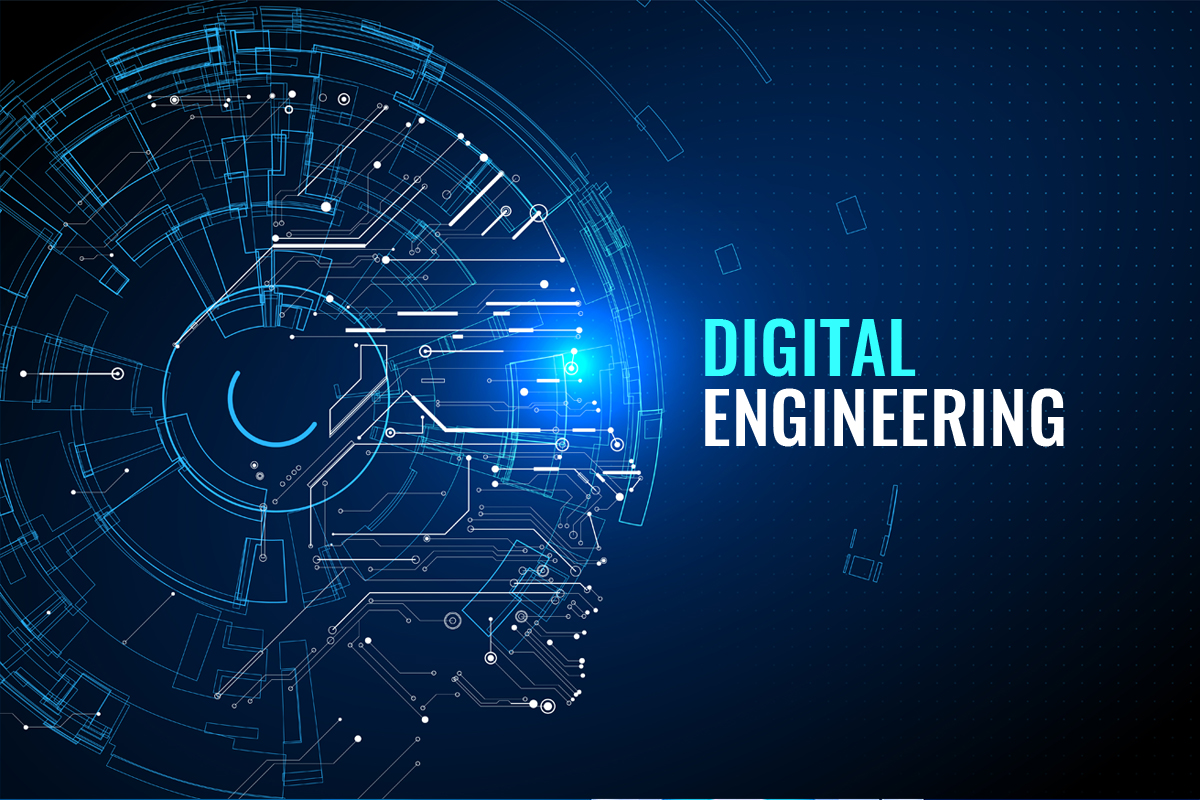The Digital Engineering Revolution
Building Blocks of Digital Engineering
Computer-Aided Design (CAD):
At the core of Digital Engineering lies Computer-Aided Design, a cornerstone technology that has evolved significantly over the years. CAD software facilitates the creation, modification, analysis, and optimization of designs, enabling engineers to visualize and simulate complex structures before physical prototypes are even crafted. This not only accelerates the design process but also minimizes errors and reduces costs.
Simulation and Modeling:
Simulation and modeling play a pivotal role in Digital Engineering by allowing engineers to test and validate their designs in a virtual environment. Finite Element Analysis (FEA) and Computational Fluid Dynamics (CFD) are key techniques employed to simulate the behavior of structures and fluids, providing crucial insights into performance, durability, and potential improvements.
Product Lifecycle Management (PLM):
A seamless integration of data and processes throughout the product lifecycle is facilitated by Product Lifecycle Management. PLM systems enable efficient collaboration, version control, and data management, ensuring that stakeholders across various departments can access and contribute to the development process in a coordinated manner.
The Power of Digital Twins
Conceptualizing Digital Twins:
Digital Twins, a concept gaining momentum in the Digital Engineering landscape, involve the creation of virtual replicas of physical systems or processes. These twins, powered by real-time data and analytics, offer a dynamic and comprehensive understanding of the actual entities they represent, enabling continuous monitoring, optimization, and predictive maintenance.
IoT and Sensor Integration:
The rise of the Internet of Things has exponentially increased the capabilities of Digital Twins. By embedding sensors in physical assets, engineers can collect real-time data on performance, usage patterns, and environmental conditions. This data is then fed into the corresponding Digital Twins, enhancing their accuracy and relevance.
Artificial Intelligence and Machine Learning
Augmenting Decision-Making:
Digital Engineering leverages Artificial Intelligence and Machine Learning algorithms to process vast amounts of data and extract meaningful insights. These technologies empower engineers to make informed decisions, optimize designs, and predict potential issues before they manifest, ultimately saving time and resources.
Generative Design:
Generative Design, a revolutionary application of AI in Digital Engineering, involves using algorithms to explore a multitude of design possibilities based on specified parameters. This innovative approach leads to the creation of optimized and often unconventional designs that human engineers might not have conceived, pushing the boundaries of what is achievable.
Industry Applications
Aerospace and Defense:
Digital Engineering has become a game-changer in the aerospace and defense sectors. The ability to simulate aerodynamics, structural integrity, and system performance allows for the development of highly efficient and reliable aircraft, while Digital Twins aid in ongoing maintenance and upgrades.
Automotive Engineering:
In the automotive industry, Digital Engineering is driving the development of smart and connected vehicles. From design optimization and safety testing to manufacturing process improvement, the integration of digital technologies is reshaping the way cars are conceptualized, produced, and maintained.
Healthcare Engineering:
Digital Engineering is making significant strides in the healthcare sector, facilitating the design of advanced medical devices and equipment. The use of Digital Twins in healthcare allows for virtual testing and customization, ensuring that devices meet the specific needs of patients and healthcare providers.
Challenges and Future Prospects
Data Security and Privacy Concerns:
As Digital Engineering relies heavily on interconnected systems and data sharing, concerns about data security and privacy are paramount. Ensuring robust cybersecurity measures and compliance with regulations becomes crucial in safeguarding sensitive information.
Skill Gap:
The rapid evolution of Digital Engineering necessitates a skilled workforce capable of navigating complex tools and technologies. Bridging the skill gap through training and education is essential to fully harness the potential of Digital Engineering.
Integration of Emerging Technologies:
The future of Digital Engineering lies in the seamless integration of emerging technologies. Integrating Augmented Reality (AR) and Virtual Reality (VR) into design and collaboration processes, for instance, holds immense potential for enhancing user experiences and pushing the boundaries of innovation.




